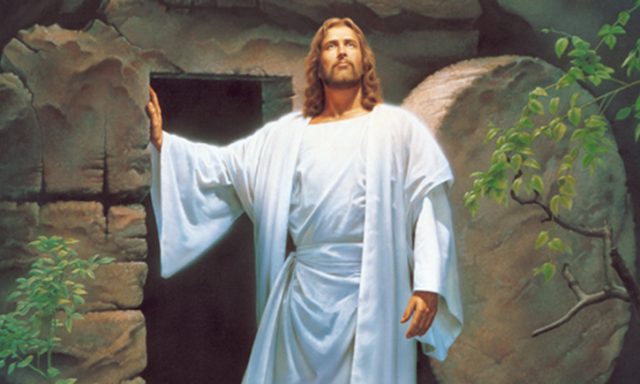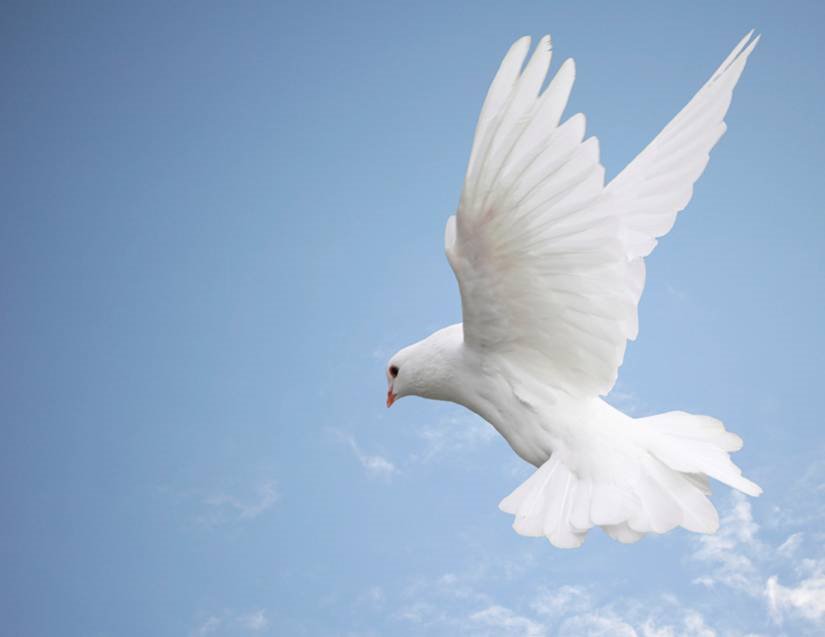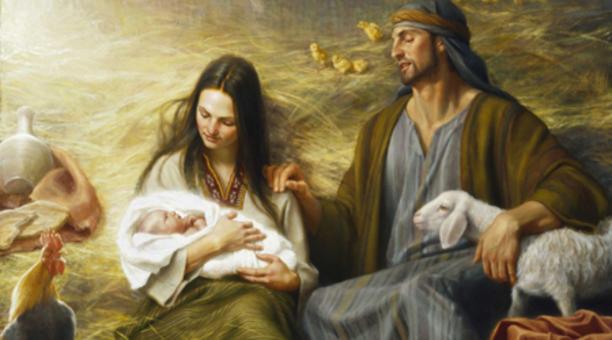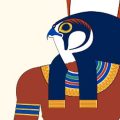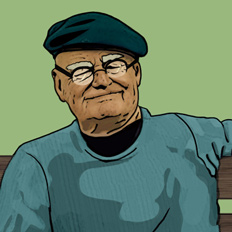Question
Dear Gramps,
Why does Easter move if it is meant to be the rebirth of Jesus?
Patricia
Answer
Dear Patricia,
The celebration of Easter has its roots in the early Christian church, where the resurrection of Jesus was commemorated in various ways. Before the Council of Nicea in 325 AD, Christians celebrated Easter on different dates, often coinciding with the Jewish Passover, which is also based on a lunar calendar. The resurrection of Jesus occurred shortly after Passover, making the timing of Easter closely linked to this Jewish holiday. However, the lack of a standardized method for determining the date of Easter led to confusion and division among early Christians.
In an effort to unify the Christian faith and resolve disputes over the date of Easter, Emperor Constantine convened the First Council of Nicea in 325 AD. This council aimed to establish a uniform method for calculating Easter’s date, which had become a contentious issue among different Christian factions. The council ultimately decided that Easter would be celebrated on the first Sunday following the first full moon after the vernal equinox (March 21). This decision was significant because it provided a consistent framework for determining Easter’s date, aligning it with both the lunar calendar and the Christian tradition of celebrating the resurrection on a Sunday.
The formula established by the Council of Nicea means that Easter can fall anywhere between March 22 and April 25. The earliest possible date for Easter is March 22, which occurs when the full moon falls on March 21, and the latest is April 25, when the full moon occurs just before the following Sunday. This variability is what makes Easter a movable feast, unlike holidays that are fixed to a specific date.
The calculation of Easter’s date is deeply rooted in astronomy, particularly the cycles of the moon. The decision to base Easter on the lunar calendar reflects the Jewish tradition, as Passover is also determined by lunar phases. The Jewish calendar is lunisolar, meaning it takes into account both the moon’s phases and the solar year. This duality is essential for understanding why Easter’s date shifts each year.
The vernal equinox, which occurs around March 21, marks the beginning of spring in the Northern Hemisphere. It is the point at which day and night are approximately equal in length. The Church chose this date as a reference point for calculating Easter because it symbolizes renewal and rebirth, themes central to the resurrection of Christ.
The full moon is significant in the Jewish calendar, as it marks the 14th day of the month Nisan, which is when Passover is celebrated. By establishing Easter as the first Sunday after this full moon, a link was created between the resurrection of Jesus and the Jewish Passover, reinforcing the idea that Jesus is the fulfillment of the Passover lamb.
The decision to base Easter on lunar cycles has led to some interesting implications. For instance, the dates of Easter can vary significantly from year to year, leading to instances where Western and Eastern Orthodox Christians celebrate Easter on different dates. The Eastern Orthodox Church continues to use the Julian calendar, which is currently 13 days behind the Gregorian calendar used by most of the Western world. As a result, the two traditions often find themselves celebrating Easter weeks apart, despite the shared significance of the holiday.
While Easter is a Christian holiday, its customs and symbols have roots in pre-Christian traditions. The name “Easter” itself is believed to be derived from “Eastre,” the Anglo-Saxon goddess of spring and fertility. This connection highlights how early Christians sought to integrate existing pagan customs into their celebrations to facilitate the conversion of pagan populations.
Two of the most recognizable symbols of Easter—the Easter bunny and Easter eggs—are remnants of these pagan traditions. The rabbit, a symbol of fertility, was associated with the goddess Eastre, while eggs have long been a symbol of rebirth and new life across various cultures. The practice of decorating eggs and exchanging them during springtime predates the Christian celebration of Easter and has been adapted into the modern holiday.
The blending of these traditions illustrates how Easter has evolved, incorporating elements from various cultures while maintaining its core Christian significance. The Easter bunny and egg hunts have become beloved customs, particularly in Western cultures, even as their origins in paganism are often overlooked.
Gramps

